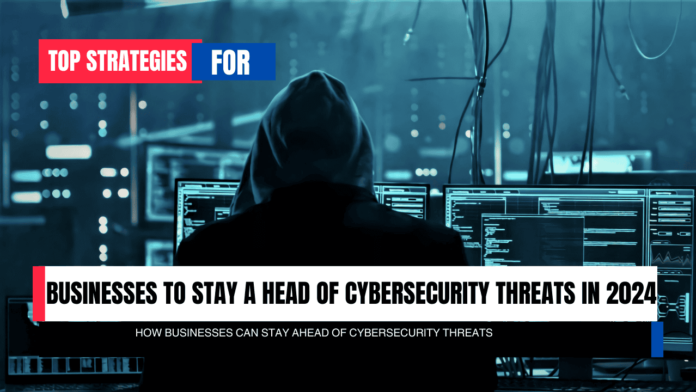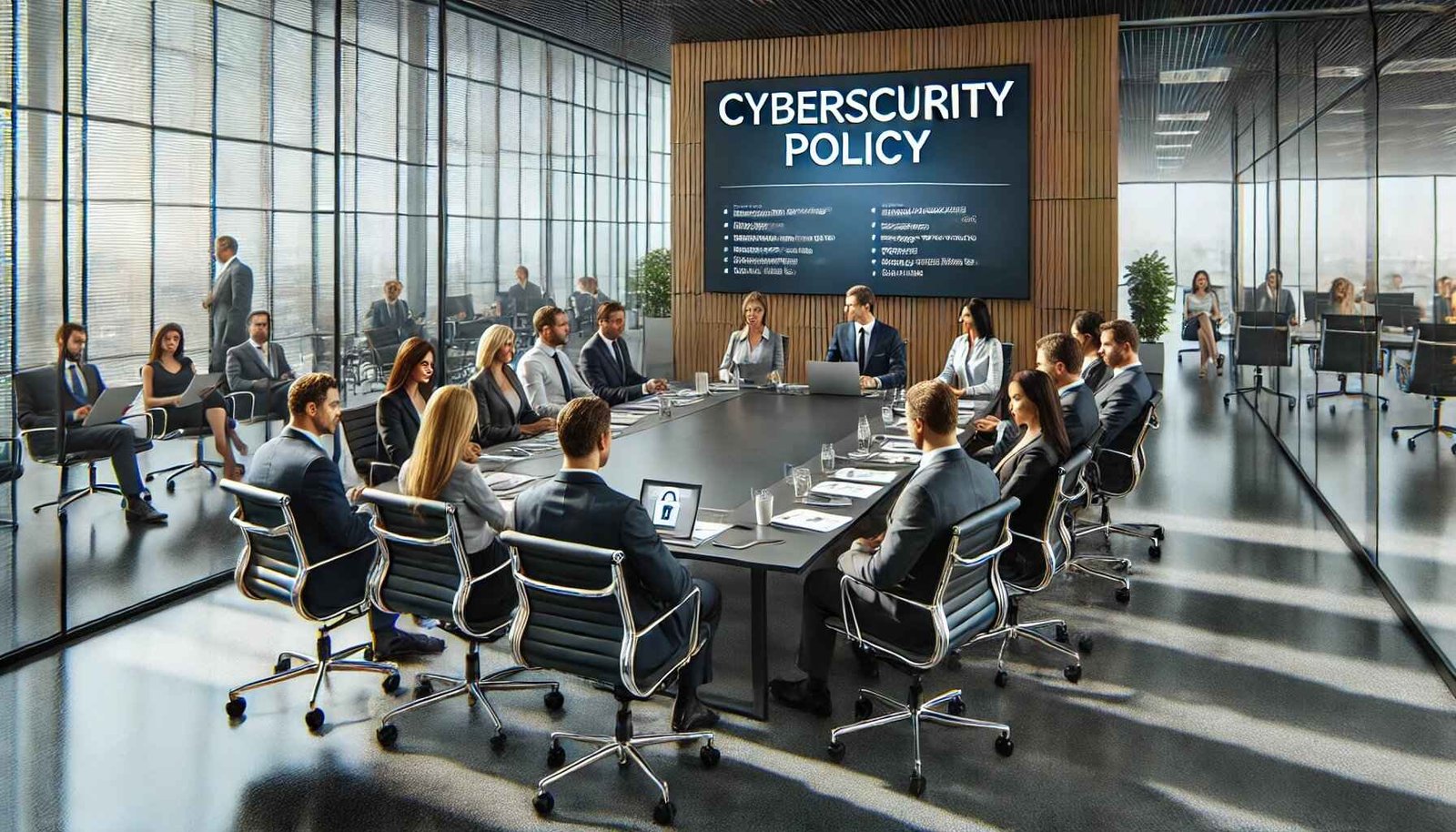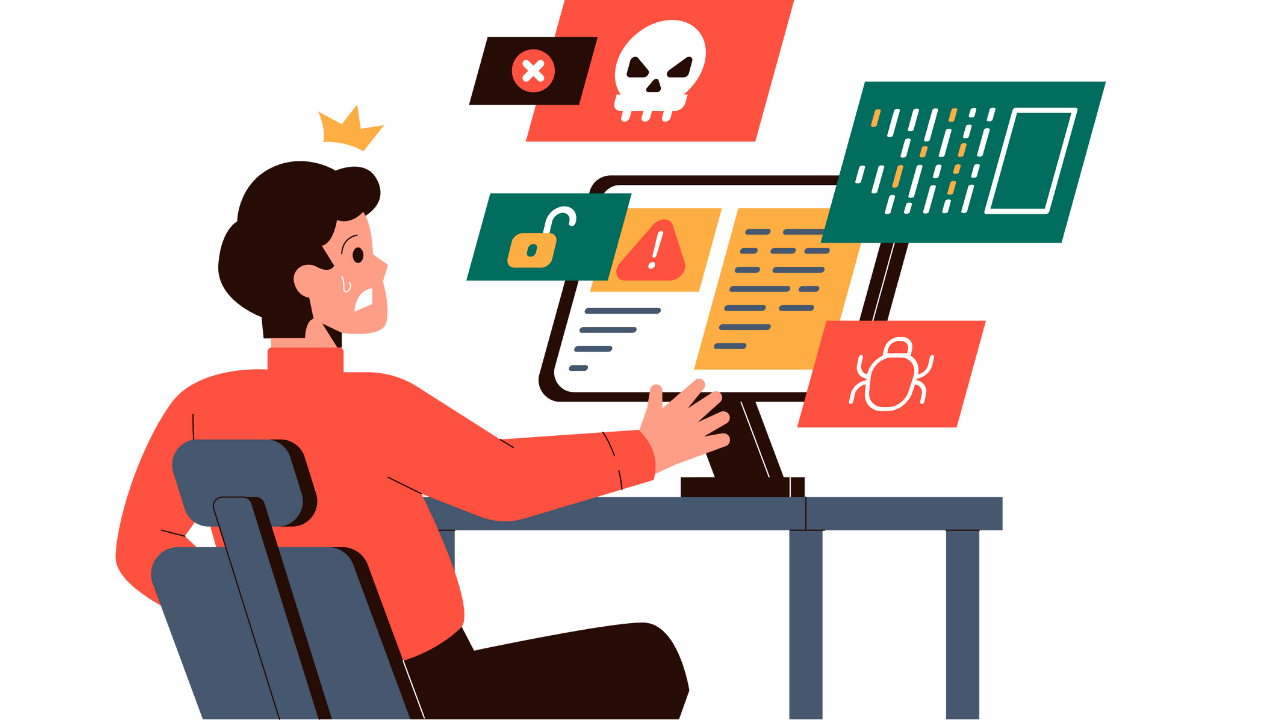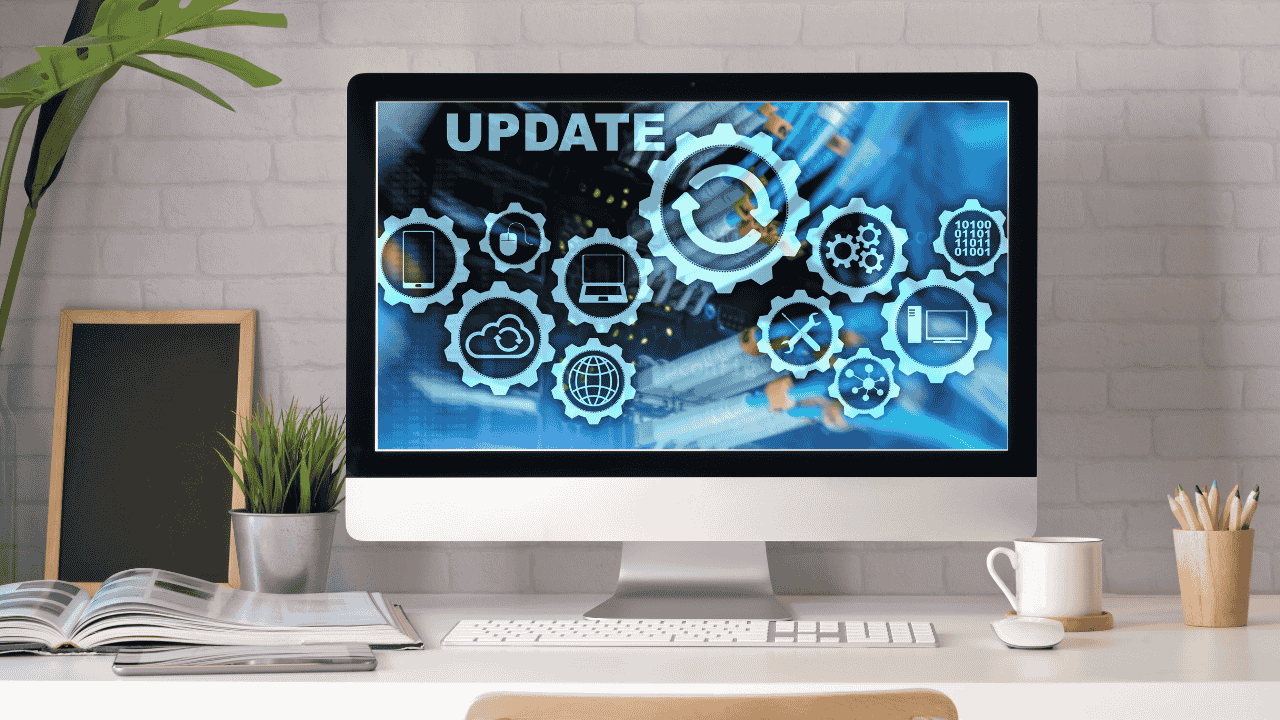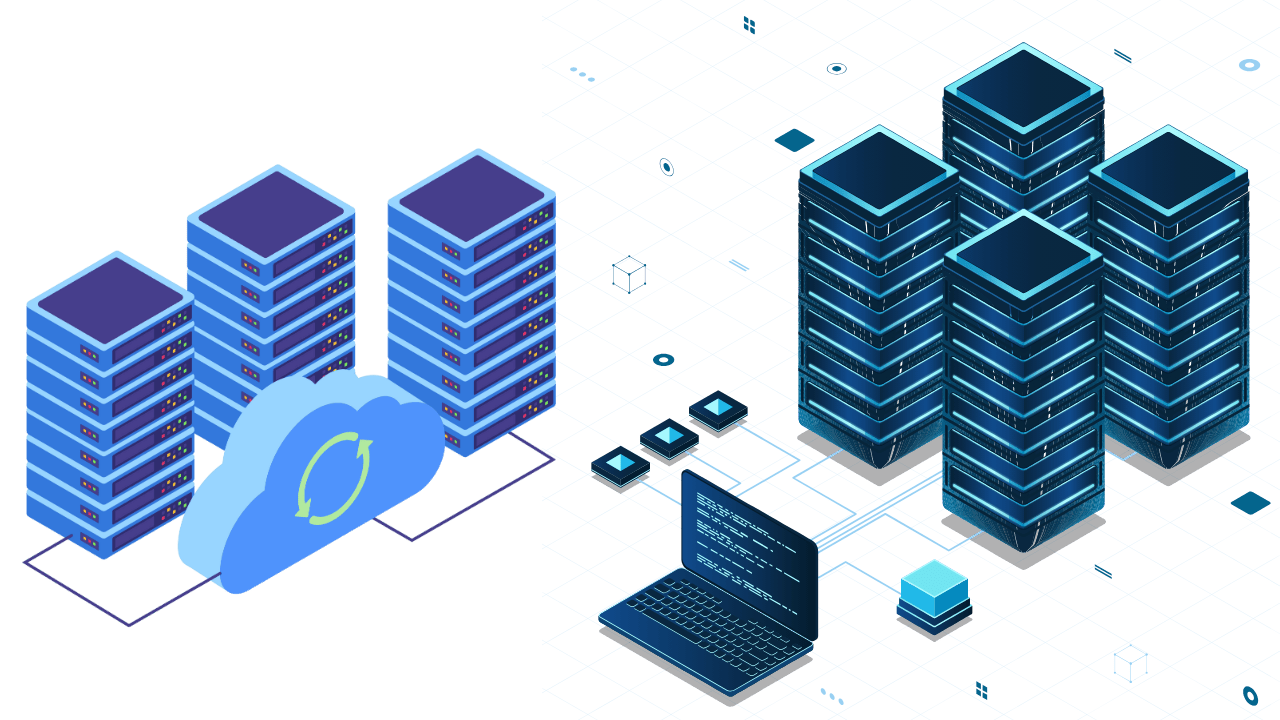How Businesses Can Stay Ahead of Cybersecurity Threats
As we live in a global village, cybersecurity has become more important than ever before. Larger organizations are not the only ones in the crosshairs of cybercriminals, but so too are small businesses and companies in any industry. Therefore, what can businesses do to remain in a position to countercheck cyber security threats and secure their properties? This all-encompassing article explores best practices that will help your business remain protected and ready for anything.
1. Understanding the Cybersecurity Threat Landscape
The best defense against cyber threats is to understand them; this report seeks to give that understanding. Threats are becoming more and more advanced, and criminals are trying to overcome all barriers placed by traditional protection tools. Here are the main types of threats:
- Malware: Viruses, Trojans, spyware, and ransomware, that enter systems to commit havoc or steal data.
- Phishing: Another type of cyber fraud is the fake email messages containing requests from the victims to provide personal data including passwords and credit card numbers.
- Ransomware: A type of virus that locks a company’s data and then extorts money from the company for the release of the data.
- Insider Threats: Lapses arising from employee vulnerability; This is when a security threat emanates from an employee, intentionally or through negligence.
- DDoS Attacks: In Distributed Denial of Service attacks, bandwidth is consumed exhaustively, so the network becomes practically unavailable to the end users.
By being aware of these risks, you may implement tailored defenses. Protection of the vulnerable is enhanced by tackling issues that are likely to cause harm with understanding one of them being awareness.
2. Creating a Comprehensive Cybersecurity Strategy
Once you have established the situation, you have to build an effective, aggressive solution to cybersecurity. Three aspects should be considered to avoid, identify, and counteract such actions.
Risk Assessments and Vulnerability Management
Perform risk analysis in the course of performing business to check when you are most at risk. This is used to assess your current network, software, devices, and contents in which you store your data. After the point is reached, respond based on their severity as previously discussed in the article.
Steps to Conduct an Effective Risk Assessment:
- Identify Assets: List all important information, hardware, and systems.
- Evaluate Threats: Define the probability and consequence of threats.
- Assess Vulnerabilities: Pinpoint weaknesses that could be exploited by attackers.
- Create a Risk Mitigation Plan: Create a Risk Mitigation Plan: Outline how to reduce or eliminate risks.
Establishing a Cybersecurity Policy
Cybersecurity policy is a well-articulated document that is used to define the evaluation and control measures to be taken by a company in order to guard their data. It must be extensive, but at the same time, the information must be written in plain language that any worker can get.
Key Components of a Cybersecurity Policy:
- Password Management: Information on the best practices for generating and using good passwords.
- Device Usage: Policies regarding the utilization of own devices for company business.
- Data Handling: Guidelines on ways through which information can be securely stored and passed from one point to the other.
- Incident Response: A clear roadmap of how to handle a data breach or a cyber attack.
3. Training Employees to Be Cybersecurity Aware
This is particularly true because the best security systems could be breached if people do not adhere to the best security practices at the workplace. Existing literature has indicated that human error is the main cause of data breaches in organizations. It is that very reason why constant training of the employees is significant.
Educating Employees About Common Threats
Training sessions should cover the following:
- Phishing Simulations: Introduce to the employees how to identify and possibly prevent receipt of such emails.
- Safe Internet Practices: Explain to employees not to click any link from an unknown origin and should stick to secure networks only.
- Data Protection: Emphasize the importance of not sharing sensitive information unnecessarily.
Creating a Culture of Security
Security culture implies raising every worker to be a security-aware individual and having them feel as well as act like one. Here’s how:
- Reward Good Practices: Become more keen to see employees who strictly adhere to the security rules and regulations.
- Continuous Education: Take recurrent training /orientation to refresh the security consciousness periodically.
4. Utilizing Advanced Cybersecurity Tools
Therefore, the first thing that any business has to do is to get access to the most advanced cybersecurity software. Today, with the growth in technology and heightened sophistication, simple security tools such as basic firewalls and antivirus are insufficient.
Multi-Layered Security Measures
- Firewalls: Serves as a filter of your intranet traffic, and can control what is coming and going from the internet.
- Anti-Malware Solutions: Detect and remove malicious software in real-time.
- Data Encryption: Encrypt sensitive information so that it remains secure even if intercepted.
- Intrusion Detection Systems (IDS): Practically, the system must remain constantly on the lookout for any unfriendly parties attempting to penetrate your network.
Emerging Technologies in Cybersecurity:
- Artificial Intelligence (AI) and Machine Learning: These technologies can analyze data and detect trends and outliers far more effectively than manual analysis allowing proactive threat management.
- Behavioral Analytics: Monitors user behavior to detect unusual activities that may indicate a breach.
Also, read this article Tips for Choosing the Right Real Estate Agent
5. Keeping Software and Systems Up to Date
In many cases, the most impactful cybersecurity input which is rather trivial can be summed up in three words – update your software. Hackers take advantage of the bugs that are usually found in old software to attack organizational networks.
Automatic Updates and Patch Management
- Automate Whenever Possible: This means that setting up updates for software helps to make sure that important security patches are not left behind.
- Patch Management Tools: They assist the IT departments in a way and in the application of patches where, especially in large organizations, it perhaps would not be.
- The Importance of Patching: It only takes one missed update to have your whole system at risk. A frequent patch management audit is useful for keeping your business out of harm’s way.
6. Proactive Threat Monitoring and Incident Response
However, this does not mean that since organizations have put in place measures to protect their systems from attacks, they cannot be penetrated. That is the reason why threat intelligence and the proper outline of an incident have to be put into practice in advance.
24/7 Threat Monitoring
There exists real-time monitoring tools which include SIEM (Security Information and Event Management) software that reviews data from numerous sources so as to identify threats in real-time. A strong correlation can also be seen between having an in-house IT security team or outsourced MSS can significantly affect a company’s ability to detect threats.
Creating an Effective Incident Response Plan:
- Identify: Quickly recognize when a security event has occurred.
- Contain: To stop more harm, isolate the impacted systems.
- Eradicate: Remove malicious elements and patch vulnerabilities.
- Recover: 10 Go back to business as usual after restoring data from backups.
- Post-Incident Review: 11 Analyze the event to improve future defenses.
Testing Your Response Plan
Here, ordinary drills and simulations are important to make sure your team will react in the best way when an actual event takes place. As the saying goes the more prepared you are the less it will show.
7. Collaborating with Cybersecurity Experts
Outsourcing a company’s cybersecurity is especially ideal for organizations with limited budgets to hire their IT professionals. Cybersecurity firms provide professionalism, better equipment, and vigilance as opposed to an attack being successful.
Benefits of Working with Experts:
- In-Depth Security Audits: Experts can also determine presently available shields for you and areas you are likely to be weak.
- Access to the Latest Technology: The cybersecurity companies themselves possess all the necessary tools and methods that exist in the contemporary world.
- Compliance Assistance: Professionals keep your company in check about the applicable laws and ordinances.
Choosing the Right Partner
Some important factors to consider while choosing a cybersecurity firm include; experience, positive customer feedback, and full-service offering.
8. Data Backup and Recovery Plans
Every business is prone to data loss due to cyber attacks, and physical destruction due to other natural occurrences not forgetting the internet. This shows that декілька times a day data should be backed up and there should be a specific plan regarding this problem.
Best Practices for Data Backup:
- Use the 3-2-1 Rule: Backup data thrice with two of the backups at different media and one copy housed in a different location.
- Automate Backups: This reduces the probability of a mistake from a human being.
- Test Recovery Plans: In testing, you get to ascertain whether your backup systems are operational or not and how long it will take to recover data.
- Cloud Storage Solutions: Cloud backups are a great idea as they will keep data safe and can be retrieved at any location.
9. Staying Informed About Cybersecurity Regulations
Data protection laws differ by industry and jurisdiction and safeguarding compliance is not only a legal obligation but also a cybersecurity standard. Some of the rules that can apply to the organization include the GDPR of the European Union and the HIPAA of the United States.
Key Regulatory Measures to Be Aware Of:
- GDPR: For businesses dealing with EU citizens’ data.
- HIPAA: For healthcare providers and companies handling medical information.
- CCPA (California Consumer Privacy Act): For businesses operating in or handling data from California residents.
- Staying Updated: Regularly review regulatory changes and adapt your cybersecurity measures accordingly. According to the law, ignorance is not an excuse.
10. Investing in Cyber Insurance
To avoid such strategies from being deployed, as necessary, it is just as important to protect against attacks as it is to prepare for the costs that may arise by way of a given attack. This silver bullet on averting risks in firms is a financial safety net that firms can use to defray general cyber event costs such as notification costs, legal costs, and lost revenues.
Types of Cyber Insurance Coverage:
- First-Party Coverage: Protects against direct losses, such as data restoration costs.
- Third-Party Coverage: Covers claims made by customers or partners affected by the breach.
Evaluating Your Needs
Small business differs from one another and not all of them need as much coverage. Evaluate your exposures and sit down with an insurer to help develop a policy that will address your concerns.

Conclusion
While the threats keep increasing in number and sophistication, it becomes high time that businesses employ a stringer proactive and multi-tier approach to combating cyber threats. However, when training employees, choosing the correct solutions, maintaining compliance, and having a powerful protocol for handling incidents, firms can protect their business and information. So, as they say: in the world of cybersecurity, the practice of trying to stay one step ahead of the attacker is not just advisable but mandatory. Safeguarding your business from today implies a safe bottom tomorrow.
Frequently Asked Questions (FAQs)
Q1: Which cybersecurity issues are currently the most pressing for businesses?
A: The main issues are as follows: increasing speed of threats’ appearance, human factor, and management of remote work security.
Q2: How can businesses ensure their cybersecurity measures are effective?
A: Conduct periodic penetration tests, and vulnerability assessments, upgrade existing software, and acquire new-generation threat scan software.
Q3: Is it necessary for small businesses to have a cybersecurity budget?
A: yes, small businesses are not spared either. Laying down preliminary security measures can help save a lot of money down the line.
Q4: What role does artificial intelligence play in cybersecurity?
A: Compared to conventional processes of human monitoring, AI can more effectively and more quickly identify threats and anomalies in real-time.
Q5: How often should we update our cybersecurity protocols?
A: When it is at least once a year or when new threats are recognized. Maintaining an active lifestyle is crucial.
Q6: Can remote work impact a company’s cybersecurity?
A: Absolutely. Remote work leaves employees open to exposure, especially where they connect to unreliable networks. The management should ensure that they set strict measures for remote working.

